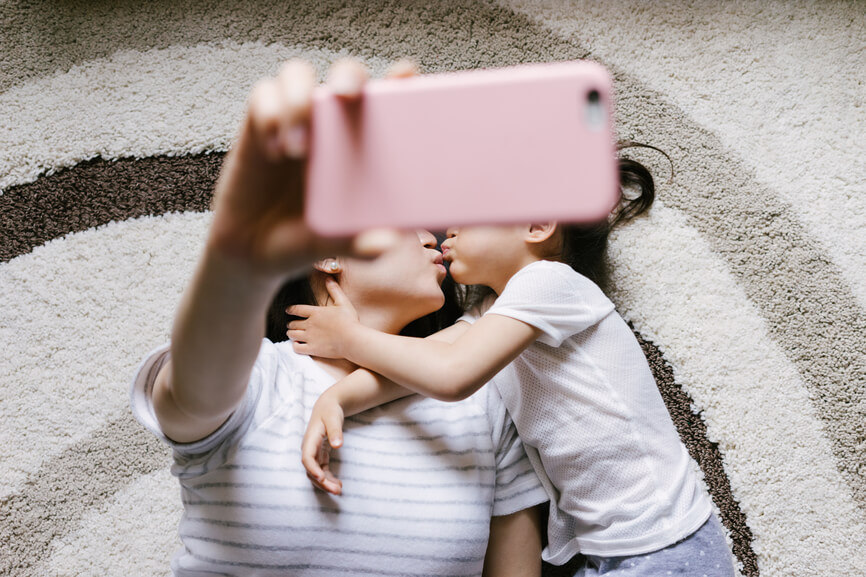Bellamy’s Organic. Mindful eating cares for your teeth and your baby’s
Dental health in pregnancy. The health of your teeth and gums are especially important during pregnancy. Pregnancy hormones, morning sickness ...
Read MoreImportant notice to customers — product packaging changesLearn More
NEW FOOD PACKAGING IN STORE NOW
From August 2018, customers will notice our rebranded food packaging start to appear on shelf in all major stockists.
 CURRENT Packaging
CURRENT Packaging

 new Packaging
new Packaging
We are excited to announce our new packaging will start to appear on shelf from August 2018. This transition to new packaging will occur over a number of months. During this time there will be a mix of current and new packaging on shelf.
There are no major changes to these products, in some instances there is a small name change or slight recipe improvement, see below for the full details.
Products purchased via the website will be delivered to customers in our old packaging until the end of October. From November, products ordered from the website will be delivered in the new packaging.
Please note, our Infant Formula packaging will not be rebranded until later in 2019.
For any questions, connect with our team of accredited practising Dietitians on +61 3 6332 9200
Product name changes
 CURRENT Packaging
Organic Baby Rice
CURRENT Packaging
Organic Baby Rice

 NEW Packaging
Organic Rice with Prebiotic (GOS)
Note: Our Baby Rice recipe has been upgraded to now include GOS Prebiotic
NEW Packaging
Organic Rice with Prebiotic (GOS)
Note: Our Baby Rice recipe has been upgraded to now include GOS Prebiotic
 CURRENT Packaging
Organic Vanilla Rice Custard
CURRENT Packaging
Organic Vanilla Rice Custard

 NEW Packaging
Organic Milk & Vanilla Baby Rice
NEW Packaging
Organic Milk & Vanilla Baby Rice
 CURRENT Packaging
Organic Apple & Cinnamon Porridge
CURRENT Packaging
Organic Apple & Cinnamon Porridge

 NEW Packaging
Organic Apple & Cinnamon Baby Porridge
NEW Packaging
Organic Apple & Cinnamon Baby Porridge
 CURRENT Packaging
Organic Banana, Pear & Mango
CURRENT Packaging
Organic Banana, Pear & Mango

 New Packaging
Organic Banana, Pear, Apple & Mango
New Packaging
Organic Banana, Pear, Apple & Mango
 CURRENT Packaging
Organic Mango, Blueberry & Apple
CURRENT Packaging
Organic Mango, Blueberry & Apple

 New Packaging
Organic Blueberry, Mango & Apple
New Packaging
Organic Blueberry, Mango & Apple
 CURRENT Packaging
Organic Peach & Apple
CURRENT Packaging
Organic Peach & Apple

 New Packaging
Organic Grape, Apple & Peach
New Packaging
Organic Grape, Apple & Peach
 CURRENT Packaging
Organic Pumpkin & Tomato Risotto
CURRENT Packaging
Organic Pumpkin & Tomato Risotto

 New Packaging
Organic Pumpkin, Sweet Potato & Tomato
New Packaging
Organic Pumpkin, Sweet Potato & Tomato
 CURRENT Packaging
Organic Broccoli, Beef & Brown Rice
CURRENT Packaging
Organic Broccoli, Beef & Brown Rice

 New Packaging
Organic Beef & Vegetables
New Packaging
Organic Beef & Vegetables
 CURRENT Packaging
Organic Milk Rusks Toothiepegs
CURRENT Packaging
Organic Milk Rusks Toothiepegs

 New Packaging
Organic Milk Rusks
New Packaging
Organic Milk Rusks

Social media security is a hot topic, and ‘security’ and ‘privacy’ have become increasingly important issues for education – both for parents and for kids. The use of online social networking sites has exploded in the past decade, and is today a natural part of most people’s lives. Social media is a great way to keep up with family and friends, notify them of your goings on, and share your treasured memories and moments. But is it at the risk of your children’s safety?
Malevolent people prowl social media looking for relevant information. This information can give them insight into who you are, where you are, and private information you wouldn’t willingly share with even your nearest and dearest. But when you have a super cute video of your little one’s first steps you’re just dying to share, should these people stop you from posting it online?
Hopefully, no. With the right measures and security practices in place, you should in theory be able to safely post your activities online with only your desired audience seeing it.
Security best practices include:
As well as take certain security measurements, you should also be watchful about the content you load onto social media sites. Posts you shouldn’t make include:
With online safety an apparent problem, the number of education and awareness campaigns directly targeted at both children and parents is growing, and it will continue to do so as the world of social media changes. Constant updates means vigilant monitoring, so never presume you know what’s going on with social media. Just because you think you’re safe, doesn’t mean you really are.
To learn more about social media safety, consider reading some of the below campaigns. These interactive-based learning opportunities are great for helping you to understand the importance of keeping your kids safe when online. Social media doesn’t need to be feared, but it does need to be used wisely.
This is an Internet safety resource aimed at young people, parents and carers, including safety contacts, links and tips.
Australian Government – eSafety
General social media safety information, education resources, games, apps and legislations.
Answering parents’ concerns surrounding the new frontier of parenting – social media.